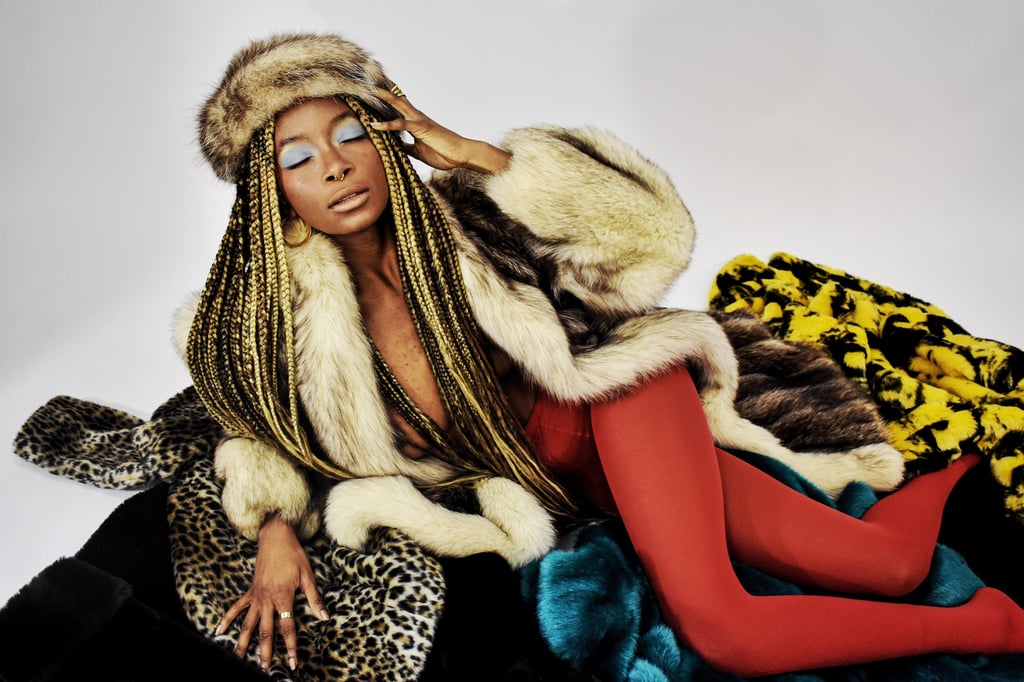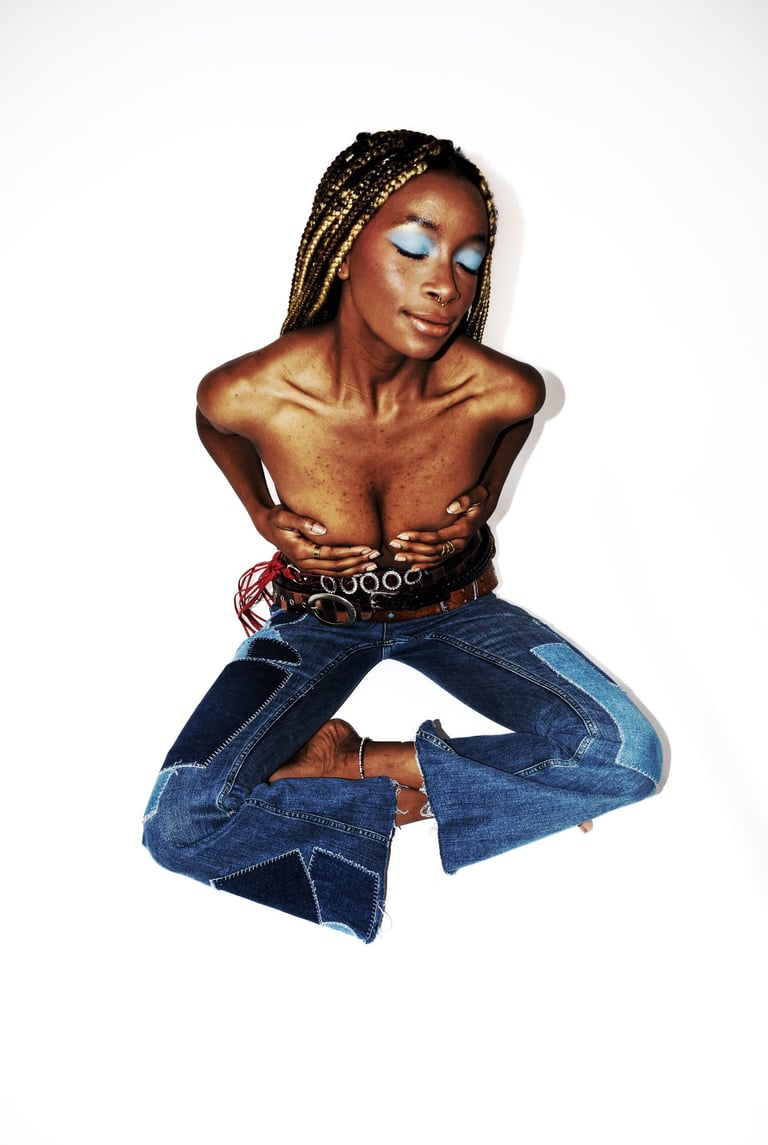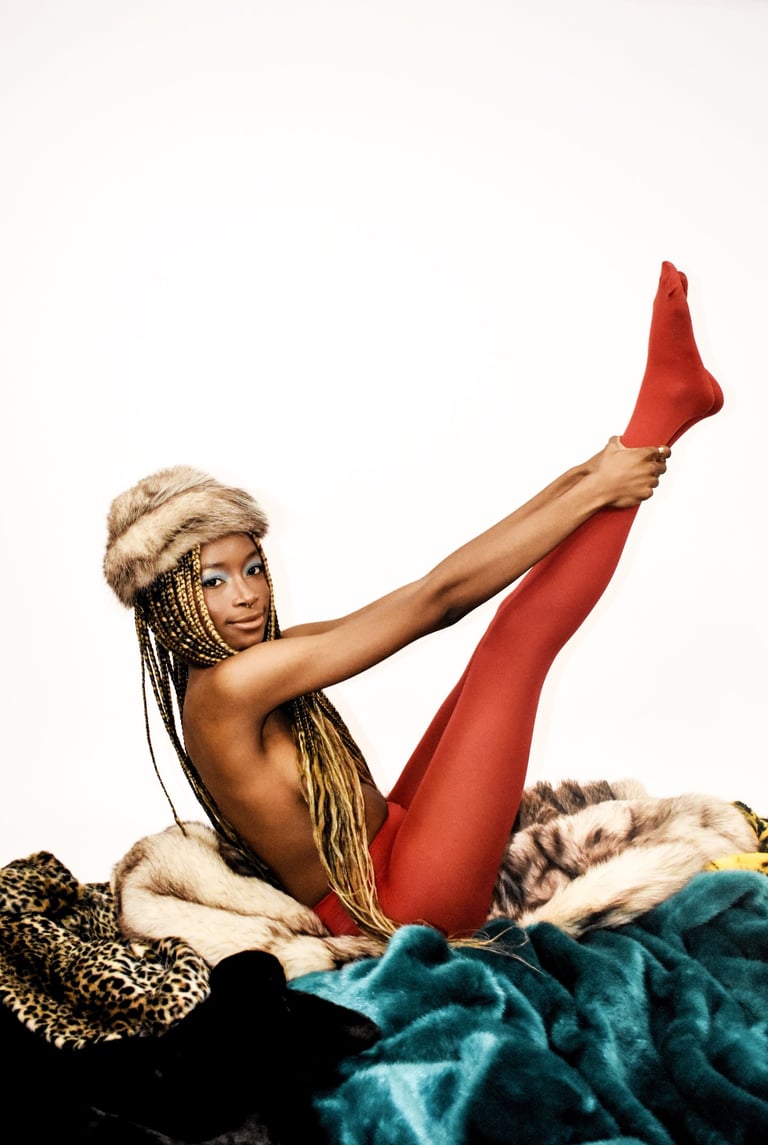The Epidemic of Unoriginality
By Kitty Quinn, Co-written by Milan Lazovski, Photographed by Milan Lazovski, Makeup by Kitty Quinn, Styled by Milan Lazovski & Kitty Quinn, Model: Mimi Chabi
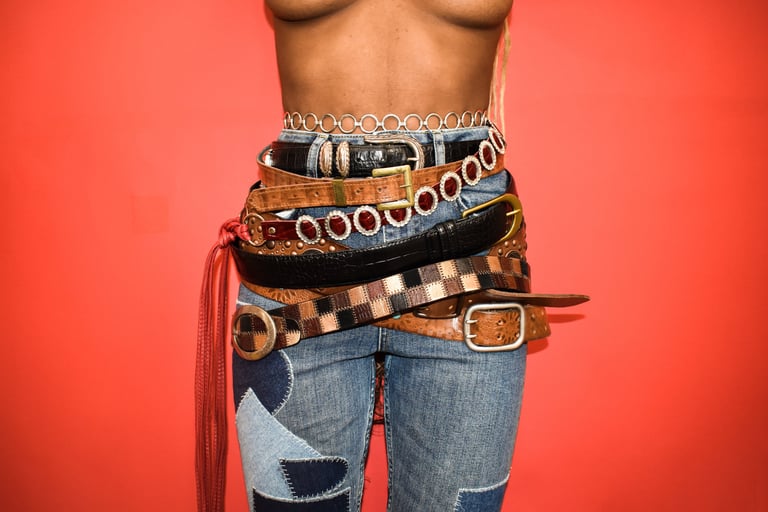

As a child there is little freedom in choosing what to wear— dress codes, financial dependency, and parental guidance, however, when we get more freedom stylistically, we are met with pressure to adhere to trends in order to be accepted socially. In today’s rapidly changing world, social media seems to be at the center of existence for people of all ages. Before, fashion trends came and went in steady 20-year cycles. Now with the rise in usage of TikTok skyrocketing 180% among people from 15-25 years old over the course of the COVID-19 pandemic, and companies rapidly mass producing cheaply made clothing, there has been an increase in micro-trends resulting in what seems to be the death of originality as we know it.
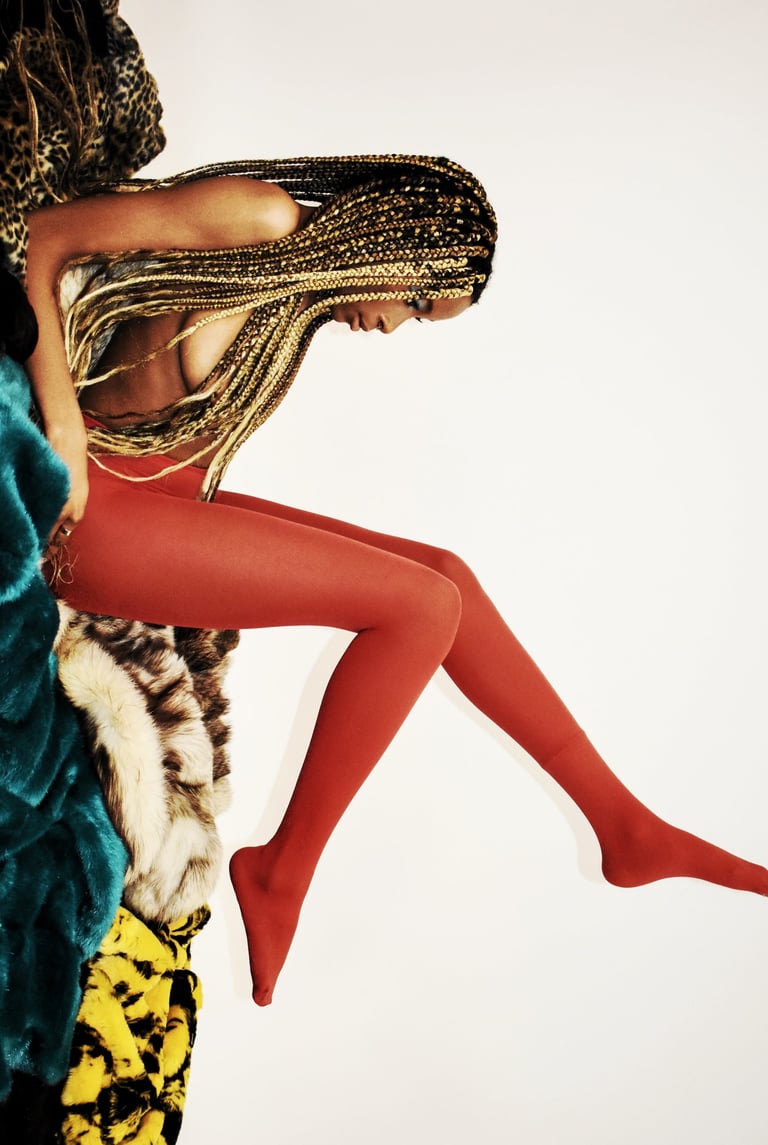

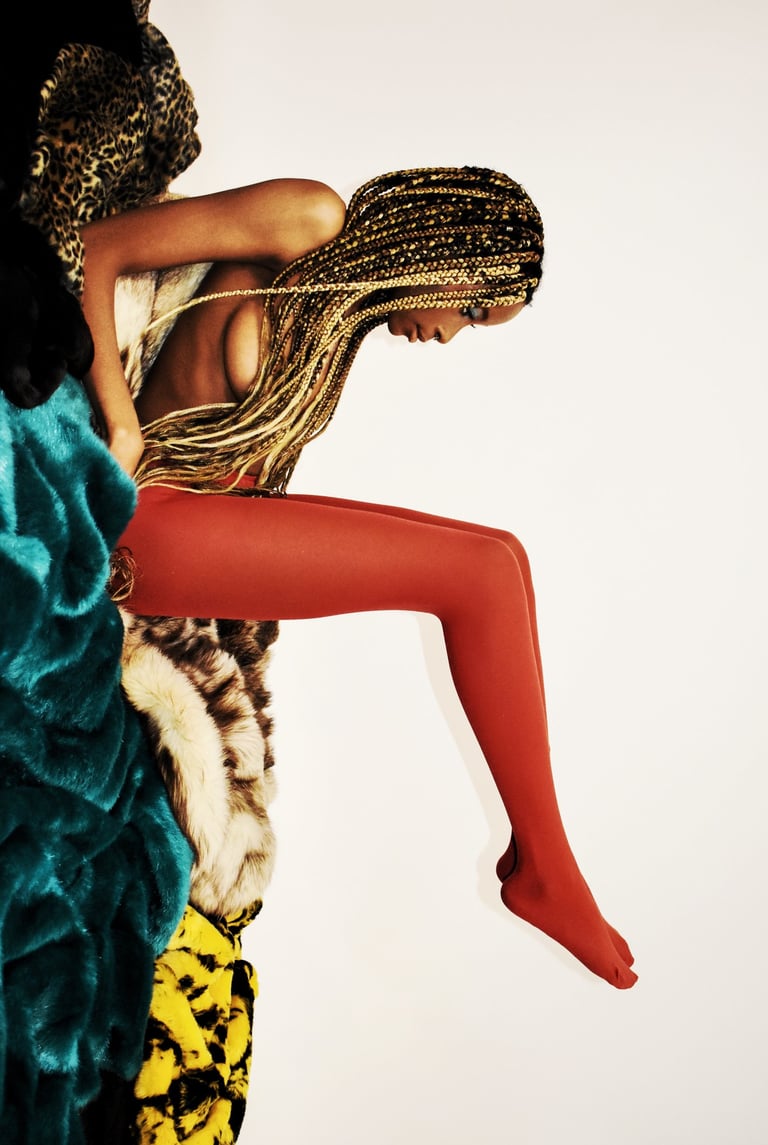

Before taking a look into originality, there needs to be an understanding of the main driving dilemma behind modern originality: fast fashion. The term “fast fashion” is commonly used to describe the poor working conditions and quality of companies such as Shein, Fashion Nova, Pretty Little Thing, etc. However, rarely do people look into the history of this issue. During the industrial revolution, machinery capable of producing clothing at a rapid pace, such as the sewing machine, was created prior to the creation of sweatshops. One of the first known instances of mass garment production took place in 1911 following the industrial revolution at the New York Triangle Shirtwaist Factory, where the first major fast fashion-related tragedy occurred— a fire killing 146 young, immigrant workers. This set a precedent for what would later evolve into the modern fast fashion industry, where poor conditions have almost become the norm.


During the late 1960s and 1970s there was a boom in personal expression through clothing which had never been seen in prior decades as a result of the end of the Great Depression and World War II. For the first time, leisure was prioritized and developments were seen in the fashion, art, and media industries. In order to satiate this increased demand, companies like Zara and Forever 21 were created in the 70’s and 1980s. These brands made their profits by imitating runway styles in an attempt to give the middle class an opportunity to sport the latest cycles of ready-to-wear couture at an affordable cost. While this made haute couture more accessible to the everyday person, there was a moral dilemma because it stripped designers of their work and depreciated the value of their designs. This new angle of clothing production resulted in a “throw away” culture, in which consumers would purchase clothing for the sake of following trends as opposed to practicality and personal style. Consequently, this has led to consumers buying whatever items were latest on the racks, rather than items that they know they will love and wear for an extended period of time. Over time, the financial success of these clothing companies has led to an oversaturation of the fashion market. Today, it is more common to find a fast fashion brand rather than an ethically sourced clothing brand. Less than 3% of the clothing worn by Americans is made in the United States, which is a stark contrast to the 95% that was seen in 1960 alone. Little to no clothing today is made by hand or small designers, thus making truly original pieces of clothing nearly impossible to find. Due to the mass production of clothing, a market has been created where designs need to appeal to the majority of consumers— making originality less increasingly profitable. Companies would rather create cheaply made garments that follow current micro-trends, rather than take a risk on well-structured, unique items.
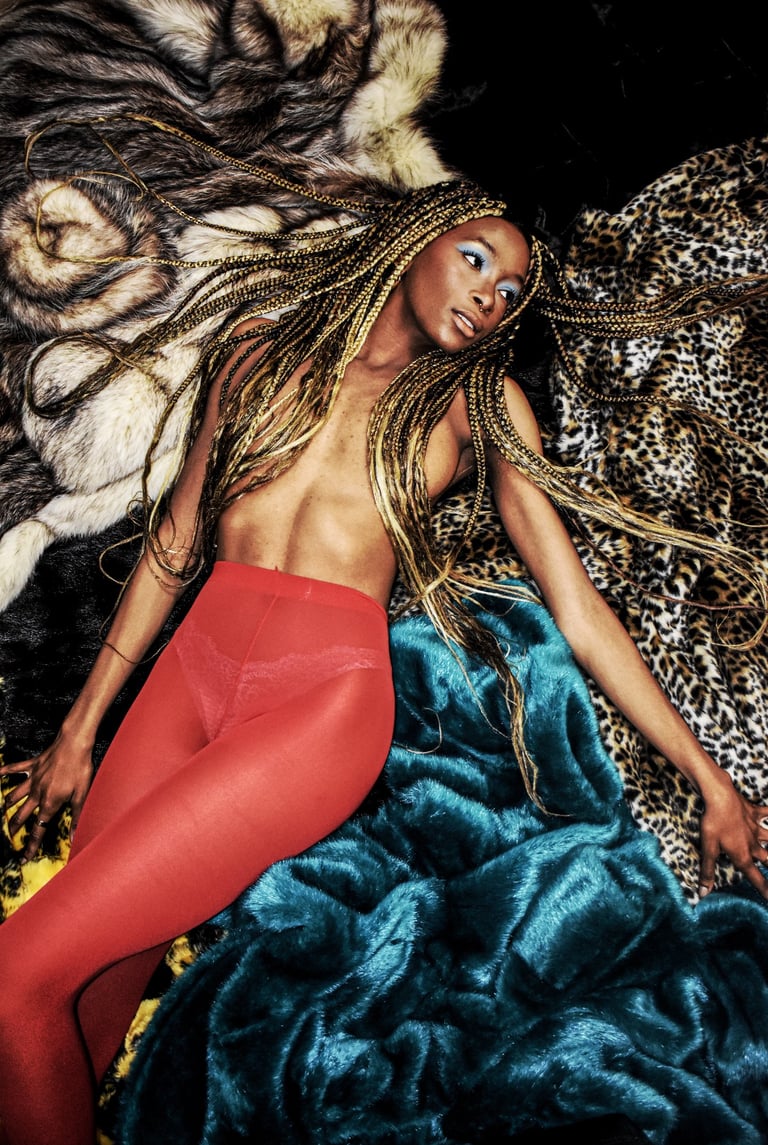

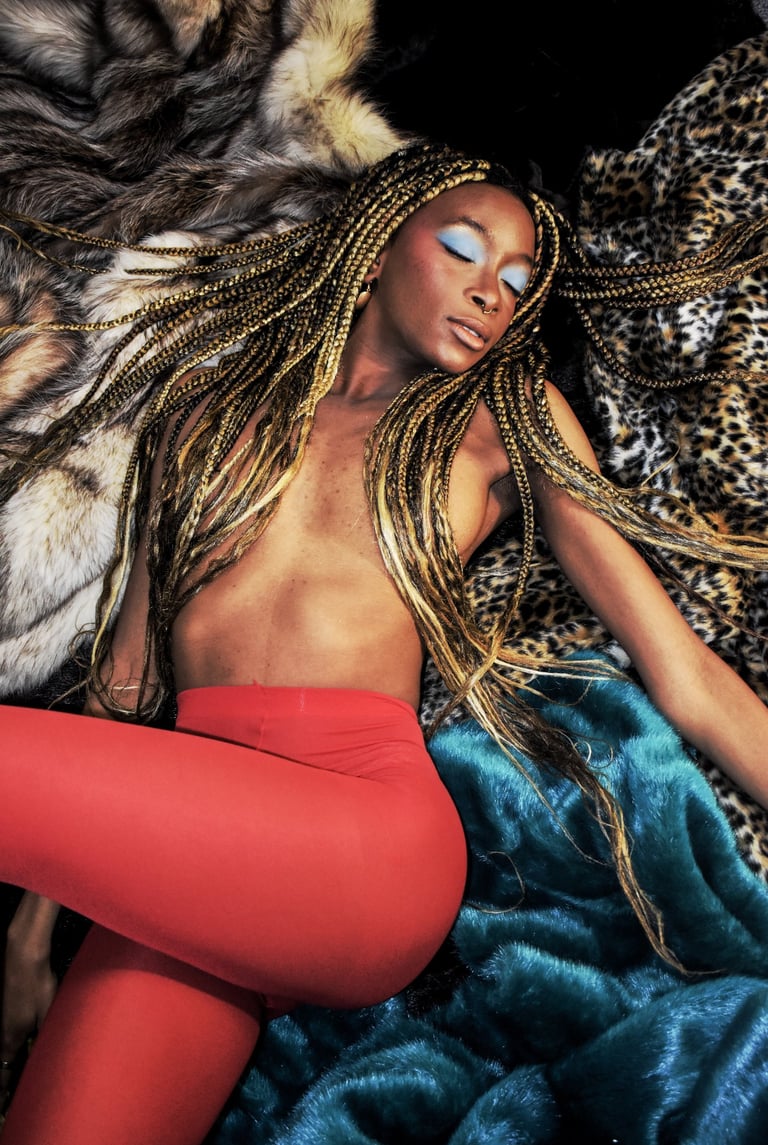

However, this issue cannot be entirely credited to these companies— there is a demand. During the COVID-19 pandemic, TikTok slowly became the favored social media app by a majority of consumers. While social media usage as a whole has been on an exponential rise since the 2010s, TikTok’s growth was unlike any other social media platform. People have become more connected than ever seen before, which as a result has made trends and ideas more interconnected. It can be argued that the synchronicity of advancements in fast fashion and social media has resulted in the modern struggle for originality. There is now a formula on TikTok that is commonly used among “influencers”—- capitalizing off of the latest micro-trends, using popular audios and continually rehashing other creators’ content which in turn creates a pack mentality among consumers. While there is originality in some capacity through those who have the resources to set the latest trends, it is few and far between due to those of the general public who follow the golden formula in order to gain online success and attention. While the public is busy trying to gain their fifteen seconds of fame, chasing and replicating popular influencers, they can no longer tell if they like the trend or just want to follow it. This is not to say it is wrong to follow trends– every era has its own distinct look– but there has become uniformity rather than originality. For example, models who are known for their distinct style, like Bella Hadid, are flocked to by consumers who can easily turn and take these looks and run them into the ground due to fast fashion reproductions, therefore making these “unique” styles repetitive and uninteresting at a certain point. There is a large difference between taking inspiration and being completely derivative, which is a line that has been blurred by platforms like TikTok creating an epidemic of unoriginality.
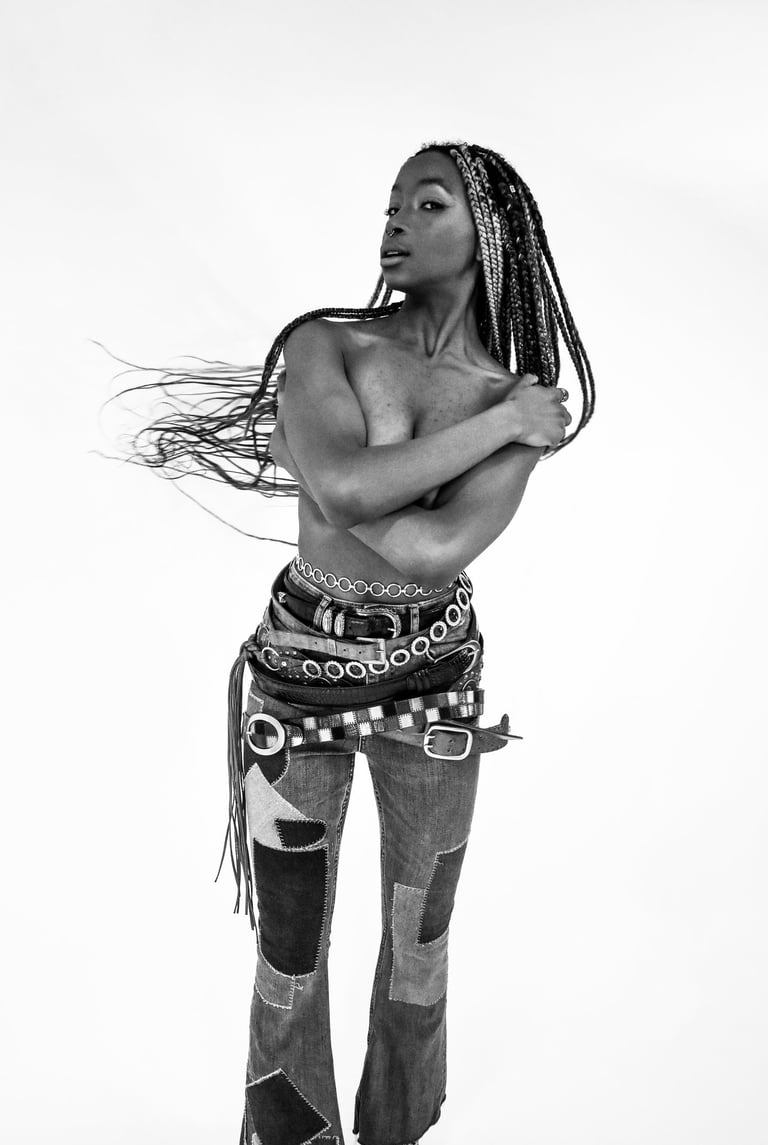

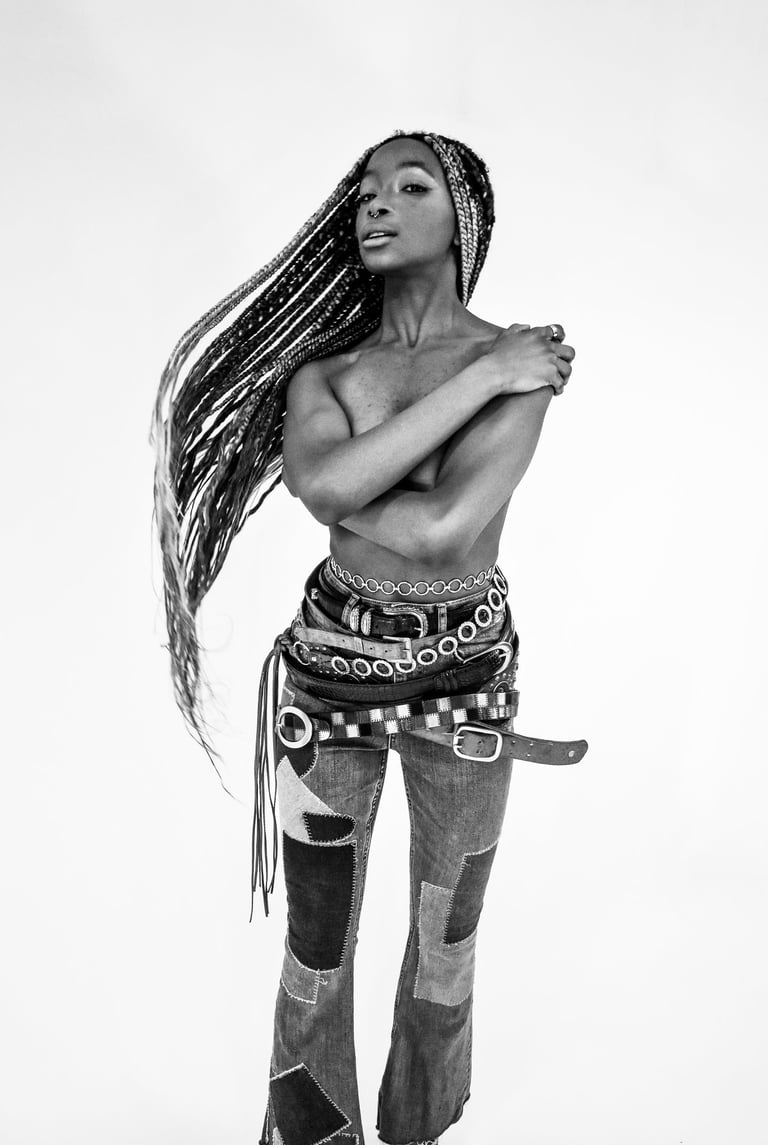

While this is seen most evidently within fashion, the same argument can apply to any form of artistic expression ranging from literature, film and even the current vernacular— it seems like social media has created an environment where we are all reading the same books, watching the same films, talking the same and also dressing the same. Haruki Murakami put it most eloquently, “If you read the books everyone else is reading, you can only think what everyone else is thinking”. Gatekeeping has earned a bad rap— it’s fun to just have things for yourself. Enjoying media that is considered “niche” creates small communities surrounding these works, and finding others that enjoy these things creates a much stronger connection as opposed to sharing it with the world. Humans are complex creatures, to put them in boxes of conformity is absurd. As cliche as it sounds, embracing the characteristics that make you you is the only antidote to the epidemic of unoriginality.
